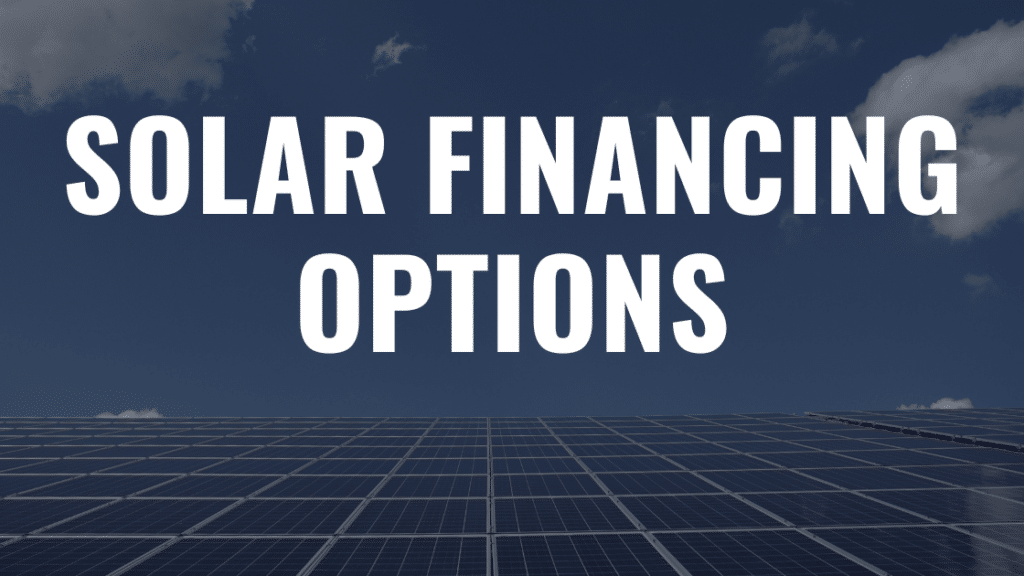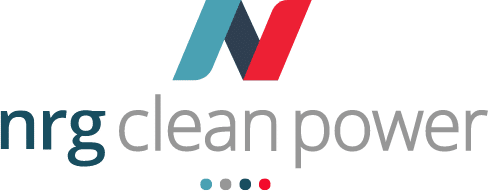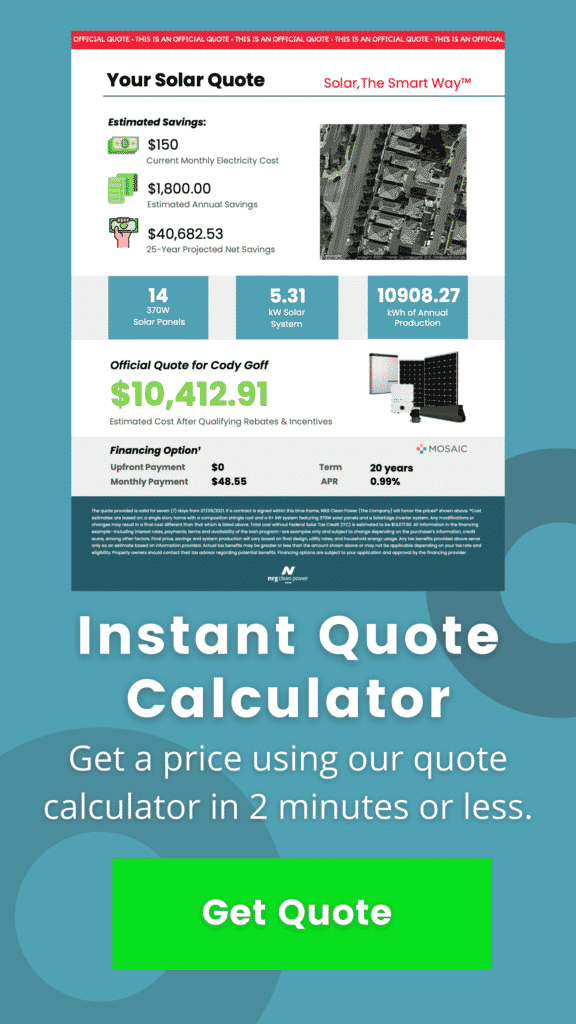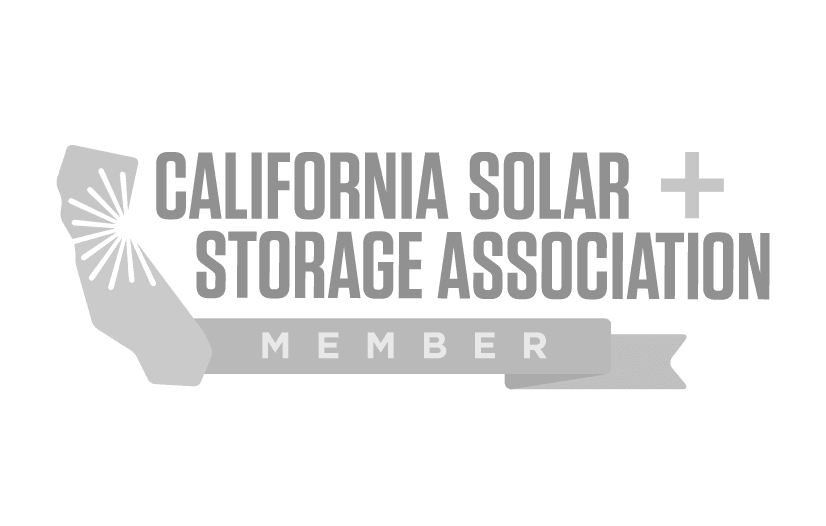
Transitioning to solar energy can seem daunting due to the significant upfront investment required. The cost of solar energy systems can range from thousands to tens of thousands of dollars, which understandably raises concerns about the financial commitment involved.
However, there are various financing solutions tailored to make solar energy more accessible and affordable. These options mitigate the need for a large initial investment and often offer flexible payment plans, including minimal to no down payment requirements.
Consequently, homeowners can embrace solar energy without relying solely on their savings.
This guide to solar financing aims to explore these available options comprehensively, empowering you to select the most suitable approach for your home and financial situation.
Best Ways to Finance Solar Panels
Paying for solar panels and installation upfront with cash is often the most economical route. With this method, you can start realizing savings sooner since you won’t have loan payments eating into your reduced utility bills.
Alternatively, you have several financing avenues available, such as personal loans, home equity financing, government loan programs, or financing directly through a contractor.
When evaluating financing options, prioritize the one with the lowest total interest cost while ensuring manageable monthly payments. Factors to consider include tax incentives, repayment terms, and the possibility of securing a low annual percentage rate.
If paying the entire cost upfront isn’t feasible, explore these financing options to make the switch to solar energy more attainable.
Home Equity Loans and HELOCs
For those with substantial home equity looking to finance their solar project, leveraging a home equity loan or a home equity line of credit (HELOC) is another viable option.
Home equity
loans operate similarly to personal loans, featuring predetermined repayment schedules, consistent monthly payments, and fixed interest rates.
On the other hand, HELOCs provide a revolving line of credit akin to a credit card, allowing you to borrow funds as needed.
HELOCs typically come with variable interest rates, meaning your payments could fluctuate based on changes in your account balance and interest rate.
Both home equity loans and HELOCs often offer lower annual percentage rates (APRs) compared to personal loans. The repayment period typically spans 15 to 20 years, depending on the chosen option.
Key Benefits
Home equity loans and home equity line of credit (HELOC) typically provide reasonable terms and moderate interest rates if you can use your equity and have good or excellent credit.
One more benefit is that you might be able to write off the interest you pay on them, which would reduce your tax liability.
Key Drawbacks
Typically, you can borrow up to 85 percent of your home’s value through a combination of a first mortgage and a second loan, such as a home equity loan or a HELOC.
Moreover, the application process for home equity loans and HELOCs is generally more involved than that for personal loans.
Who Is It Best For?
If you have ample equity in your home and anticipate that solar panels will enhance its value, home equity loans and HELOCs can be advantageous options for financing your solar project.
These equity-backed loans are particularly beneficial if you’re unable to secure a personal loan at a favorable rate due to credit constraints.
Solar Lease or Power Purchase Agreement (PPA)
Solar buyers seeking to circumvent upfront expenses and sidestep maintenance responsibilities for solar panels may find a power purchase agreement (PPA) or solar lease to be suitable solutions.
Both arrangements offer the potential for reduced energy costs, but the primary distinction lies in the billing structure. With a PPA, you pay a predetermined price per kilowatt-hour (kWh) of solar energy produced, whereas with a solar lease, you pay a set monthly fee.
Key Benefits
Both options involve low upfront costs and contribute to reducing energy bills, enabling homeowners to utilize clean energy instead of traditional grid electricity.
The solar provider you engage with takes on the responsibility for maintaining and repairing the solar system, relieving you of any upkeep duties.
Key Drawbacks
Solar lease and power purchase agreement (PPA) contracts typically have durations of 25 to 30 years.If you are considering relocating, it will be necessary for you to find someone who is willing to assume your contract.
In the event that you are unable to find a suitable replacement, you may be required to pay a substantial fee for canceling your contract.
Besides, over time rates may increase, so review your contract for any information regarding periodic rate increase. Solar leases and PPAs do not qualify for incentives, like net metering or the federal solar tax credit.
Over time, your savings will be lower than if you purchase a solar panel system with cash or a loan.
Who Is It Best For?
Solar PPAs or leases are ideal for individuals facing financial constraints but desiring to transition to solar energy and lessen their environmental impact.
FHA and Fannie Mae Loans
Additionally, two types of mortgage loans, the FHA 203(k) loan and the Fannie Mae HomeStyle Renovation loan, offer opportunities to finance both the purchase of a home and the installation of solar panels, along with other renovation or upgrade projects.
Key Benefits
The Fannie Mae HomeStyle Renovation loan stands out for its flexibility, offering a loan-to-value ratio of up to 97 percent, which can make it easier to qualify for compared to some other loan options.
Furthermore, both the FHA 203(k) loan and the Fannie Mae HomeStyle Renovation loan can be utilized to refinance your current mortgage and finance your solar upgrades simultaneously.
Key Drawbacks
In contrast to home equity loans/HELOCs, and alternatives like personal loans the FHA 203(k) loan may come with comparatively higher interest rates. On the other hand, the Fannie Mae HomeStyle Renovation loan typically offers lower rates than its counterparts.
However, it’s important to note that the application process for these renovation loans often involves more bureaucratic procedures, and any remodeling work financed must be finished within 12 months of receiving the funds.
Additionally, fees and closing costs for these loans are typically higher.
Who Is It Best For?
Opting for FHA and Fannie Mae loans can be a prudent decision if you’re buying a home and intend to install solar panels concurrently. Moreover, they can serve as advantageous options for solar financing if you’re unable to qualify for personal loans with favorable rates.
Personal Loans
For many individuals, a personal loan is likely the preferred option for financing solar panels. Personal solar panel loans typically feature fixed interest rates and consistent monthly payments that remain unchanged throughout the loan term.
Certain home improvement loans may offer higher borrowing limits or extended repayment terms, facilitating the financing of more costly solar options.
Annual percentage rates (APRs) for personal loans typically range from 6% to 36%, with your specific rate determined by factors such as your credit score, income, and existing debts.
Many lenders offer pre-qualification for personal loans, allowing you to review potential loan offers without undergoing a hard credit check.
Key Benefits
Personal loans often provide expedited access to funds, sometimes within a day or two, and many do not impose origination fees. Additionally, personal loans are unsecured, meaning you aren’t required to pledge your home as collateral or possess significant home equity to qualify.
Key Drawbacks
To secure the most favorable rates for a personal loan for solar, you’ll typically need a good or excellent credit score. Conversely, if your credit isn’t in top shape, you may face significantly higher interest rates, rendering this form of solar panel financing costly.
Who Is It Best For?
Utilizing a personal loan to finance a solar panel purchase can be a viable choice, especially if you require prompt access to the loan funds. It’s also a sensible option if you possess strong credit scores, as you’re more likely to qualify for the most competitive interest rates available.
Contractor Financing: Solar loans
Some solar installation contractors may provide assistance in financing your system through third-party lenders. Typically, you can borrow the amount quoted by the contractor, with interest rates often falling within the single digits. Repayment terms typically range from 10 to 25 years.
It’s important to note that different installation companies may offer varying loan amounts, interest rates, and repayment terms.
Key Benefits
Obtaining solar panel financing through your contractor can streamline the process of securing the loan.
Additionally, since the contractor has a vested interest in facilitating the financing (as it enables them to earn revenue from your project), they may be inclined to relax eligibility criteria, making it easier for you to qualify.
Key Drawbacks
Securing this type of loan for solar may necessitate a hard credit check, potentially impacting your credit score, even if the contractor ultimately denies approval. Additionally, some contractor financing arrangements may entail underwriting fees.
Furthermore, due to the extended duration of these loans for solar, you may end up paying more in interest over the life of the loan compared to other financing options.
Who Is It Best For?
Homeowners who prefer a streamlined, one-stop-shopping experience may find obtaining financing through their solar contractor appealing.
Contrary to common concerns, financing through the contractor may not necessarily result in higher interest rates compared to other loan options.
Solar Panels Tax Benefits
Solar panel costs can indeed accumulate rapidly, but fortunately, there are tax incentives available to help alleviate the financial burden.
One of the most significant benefits is the federal Investment Tax Credit (ITC), which offers a 30 percent tax credit on solar installations for homeowners who purchase and install solar panels on their primary or secondary residence in the United States.
This credit is scheduled to continue through 2032, gradually reducing to 26 percent in 2033, 22 percent in 2034, and eventually phasing out in 2035.
Additionally, depending on your location, you may qualify for state-sponsored tax incentives. Some states offer net metering programs, allowing you to exchange surplus solar power for credits on your energy bill.
Furthermore, in certain states, solar panels are exempt from sales tax. You can explore your state-based options using resources such as the Database of State Incentives for Renewables & Efficiency.
Local Solar Rebates
Your state, county, or city may also provide incentives for installing solar panels. For instance, in Austin, Texas, the utility company offers a $2,500 rebate for homeowners who adopt solar energy and complete a solar education course.
To explore available incentives in your area, you can search the Database of State Incentives for Renewables & Efficiency or reach out to your utility company directly.
It’s worth noting that any funds received from the state or local government will be deducted before applying the federal tax incentive.
For example, if you purchase a $20,000 system in 2023 and receive a $2,500 rebate from your public utility, you would subtract the $2,500 from the $20,000 before applying the 30% federal tax credit to the remaining $17,500.
After factoring in both incentives, the system would cost you $12,250.
Final Thoughts
Solar energy is experiencing rapid growth in popularity, with certain states mandating the inclusion of solar panels or solar shingles in new home constructions.
Solar power offers the benefits of reduced utility expenses and the environmental advantage of generating renewable energy. Additionally, it may enhance the market competitiveness of your home when you decide to sell.
However, it’s essential to conduct thorough research, including exploring various solar financing options, before committing to such a significant and costly undertaking.
The choice of solar panel financing greatly influences the extent to which solar panels contribute to your energy cost savings. Opting to purchase your system outright or securing a favorable low-interest loan is typically the most effective means of maximizing your energy savings.


